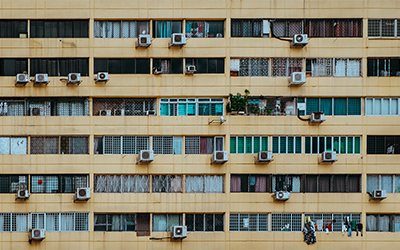
Heterogeneous climate change impacts on electricity demand in world cities circa mid-century
Y. Romitti and I. Sue Wing
Scientific Reports (11 March 2022)
Rising ambient temperatures due to climate change will increase urban populations' exposures to extreme heat. During hot hours, a key protective adaptation is increased air conditioning and associated consumption of electricity for cooling. But during cold hours, milder temperatures have the offsetting effect of reducing consumption of electricity and other fuels for heating. We elucidate the net consequences of these opposing effects in 36 cities in different world regions. We couple reduced-form statistical models of cities' hourly responses of electric load to temperature with temporally downscaled projections of temperatures simulated by 21 global climate models (GCMs), projecting the effects of warming on the demand for electricity circa 2050. Cities' responses, temperature exposures and impacts are heterogeneous, with changes in total annual consumption ranging from [Formula: see text] to 5.7%, and peak power demand increasing by as much as 9.5% at the multi-GCM median. The largest increases are concentrated in more economically developed mid-latitude cities, with less developed urban areas in the tropics exhibiting relatively small changes. The results highlight the important role of the structure of electricity demand: large temperature increases in tropical cities are offset by their inelastic responses, which can be attributed to lower air-conditioning penetration.
additional materials:
summary slide | DOE highlight | open access manuscript